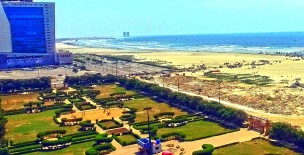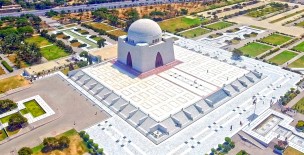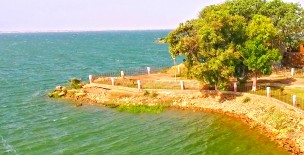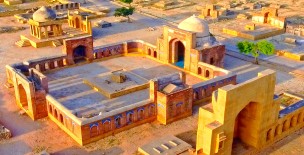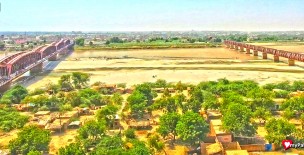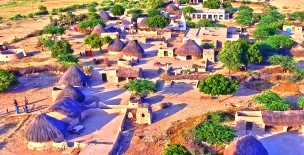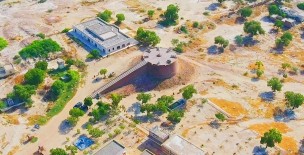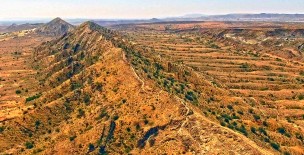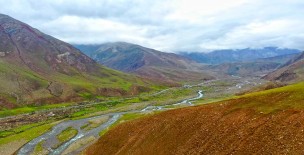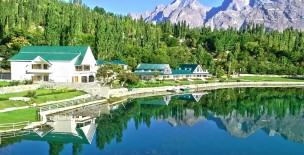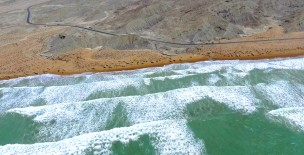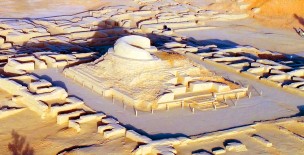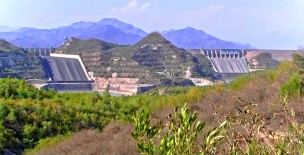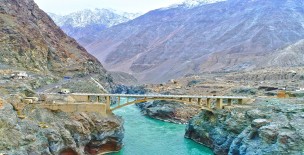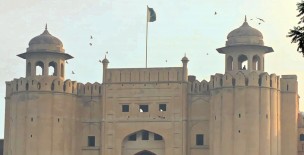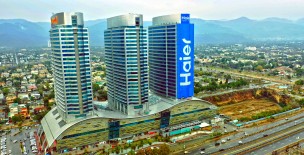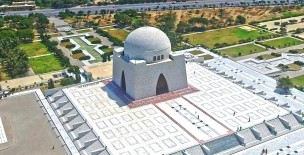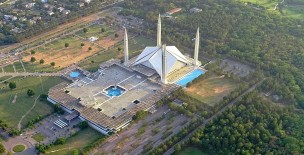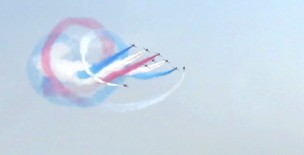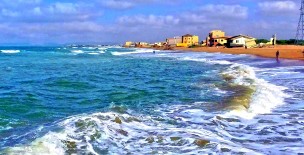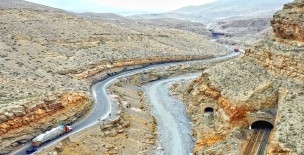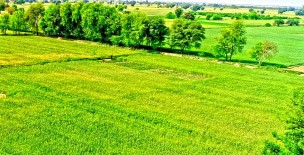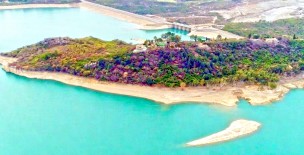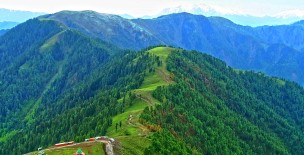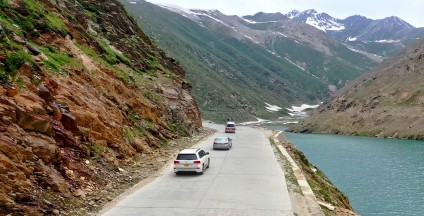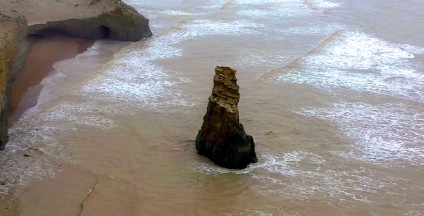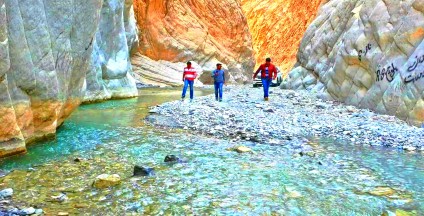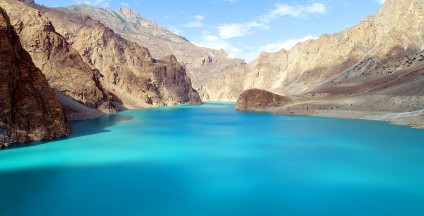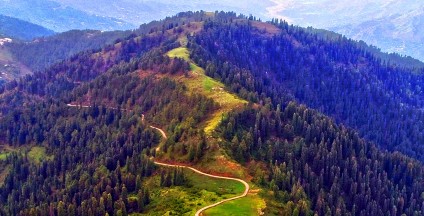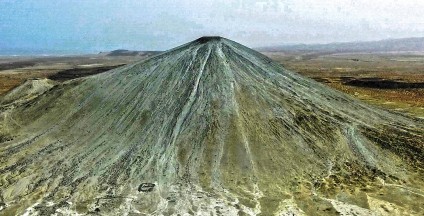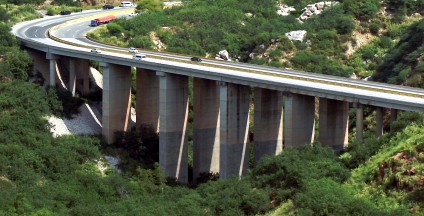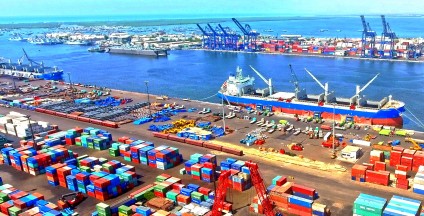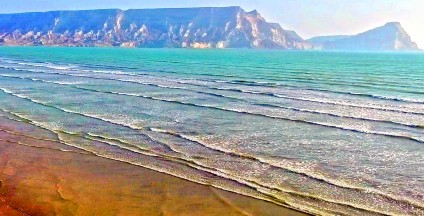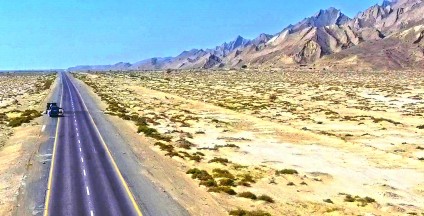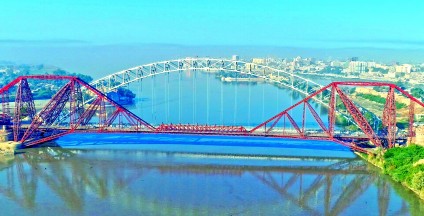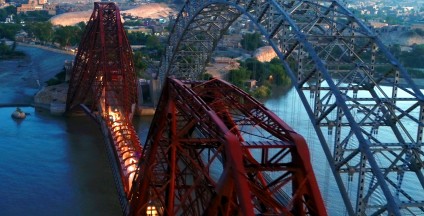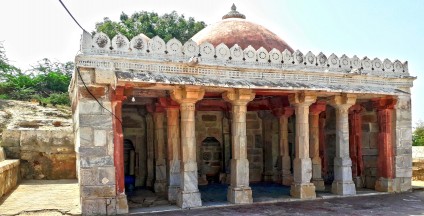The Lansdowne Bridge is a 19th-century bridge that spans the Indus River between the cities of Sukkur and Rohri, in the Sindh province of Pakistan.
When completed in 1889, the bridge was the "longest rigid girder bridge in the world."
Lansdowne Bridge was designed by Sir Alexander Meadows Rendel and when it was completed in 1889 was the largest cantilever bridge in the world.
The girder work, weighing a massive 3,300 tons, was manufactured in London by the firm of Westwood, Baillie and erected by F.E. Robertson, and Hecquet.
Upon completion, the bridge allowed for easier rail access between Sindh and Balochistan.
The Ayub Bridge was built immediately adjacent to the bridge in 1962, and so photographs of the Landsdowne Bridge usually also show the Ayub Bridge.
When the great steel Ayub arch was constructed (1960–1962), railway traffic was shifted there. About a hundred feet apart, the two bridges seem like one from a distance.
The Ayub arch became the world's third longest railway arch span and the first bridge in the world to have "the railway desk slung on coiled wire rope suspenders."
The construction of Lansdowne bridge claimed 6 lives. Four men fell from the dizzy heights and 2 were killed by tools falling on them.
The cost of bridge was Rs 2.7m including Rs 276k that were spent on foundations only.
